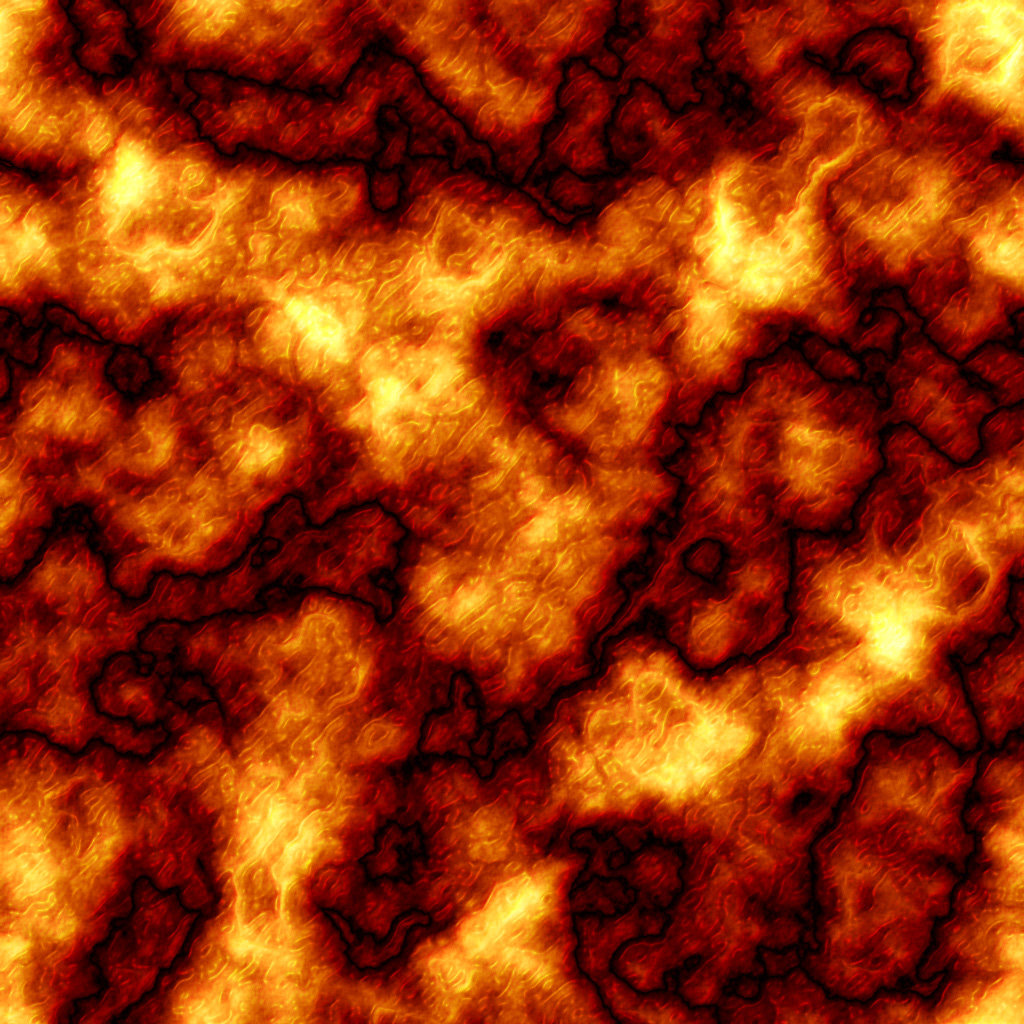Look, I’ve only been a Linux user for a couple of years, but if there’s one thing I’ve learned, it’s that we’re not afraid to tinker. Most of us came from Windows or macOS at some point, ditching the mainstream for better control, privacy, or just to escape the corporate BS. We’re the people who choose the harder path when we think it’s worth it.
Which is why I find it so damn interesting that atomic distros haven’t caught on more. The landscape is incredibly diverse now - from gaming-focused Bazzite to the purely functional philosophy of Guix System. These distros couldn’t be more different in their approaches, but they all share this core atomic DNA.
These systems offer some seriously compelling stuff - updates that either work 100% or roll back automatically, no more “oops I bricked my system” moments, better security through immutability, and way fewer update headaches.
So what gives? Why aren’t more of us jumping on board? From my conversations and personal experience, I think it boils down to a few things:
Our current setups already work fine. Let’s be honest - when you’ve spent years perfecting your Arch or Debian setup, the thought of learning a whole new paradigm feels exhausting. Why fix what isn’t broken, right?
The learning curve seems steep. Yes, you can do pretty much everything on atomic distros that you can on traditional ones, but the how is different. Instead of apt install whatever and editing config files directly, you’re suddenly dealing with containers, layering, or declarative configs. It’s not necessarily harder, just… different.
The docs can be sparse. Traditional distros have decades of guides, forum posts, and StackExchange answers. Atomic systems? Not nearly as much. When something breaks at 2am, knowing there’s a million Google results for your error message is comforting.
I’ve been thinking about this because Linux has overcome similar hurdles before. Remember when gaming on Linux was basically impossible? Now we have the Steam Deck running an immutable SteamOS (of all things!) and my non-Linux friends are buying them without even realizing they’re using Linux. It just works.
So I’m genuinely curious - what’s keeping YOU from switching to an atomic distro? Is it specific software you need? Concerns about customization? Just can’t be bothered to learn new tricks?
Your answers might actually help developers focus on the right pain points. The atomic approach makes so much sense on paper that I’m convinced it’s the future - we just need to figure out what’s stopping people from making the jump today.
So what would it actually take to get you to switch? I’m all ears.
So what would it actually take to get you to switch? I’m all ears.
a compelling reason would get me to switch. you haven’t presented any.
Wrong, some were mentioned:
These systems offer some seriously compelling stuff - updates that either work 100% or roll back automatically, no more “oops I bricked my system” moments, better security through immutability, and way fewer update headaches.
is bricking systems really an issue/a common issue for common mutable Linux distros?
I’ve had a number of issues when updating systems between major versions, especially with Ubuntu. It’s nice not to have that problem anymore.
Just do Snapshots? In OpenSuse Tumbleweed this happens out of the box every time you update packages. And you can just select the last one from the boot menu then.
It’s hardly an advantage of atomic Distros
This is already a mitigated issue with btrfs and zfs though.
You don’t need a Microsoft account, or any other remotely managed account, just to login to your machine.
You wouldn’t be supporting AI-driven decision making in which Palestinian child needs to die next.
You won’t have AI shoved into places it doesn’t belong like a simple text editor.
I already have all that with my Debian and Arch machines.
no more “oops I bricked my system” moments
I’ve been using linux daily for about 15 years on my desktop and servers. I’ve never had this issue. I don’t know what you guys do, but to me it sounds like a solution without a problem. The same with security.
My systems work fine how they are and I’ve used Linux for years without ever encountering the issues they claim to solve.
My limited experience with Bazzite left a sour taste in my mouth. Couldn’t install themes because the dir where themes installed for KDE was locked down.
Noe I’m sure this is fixable. But that goes back to lack of documentation. And admittedly, lack of me researching further. I stuck with my Arch install because it’s comfortable and familiar.
When asked if I read the Docs.


“…lack of documentation. And admittedly, lack of me researching further.”
Clicking on the sidebar /scrolling to the bottom of main page for Docs is hard.
Also linkage in the terminal message. 🤔
This was a long time ago, this isn’t something that was there when I had tried with KDE on an Atomic distro.
And I wasn’t asking for anyone to solve it for me. Appreciate the screenshots.
Snapshots and rollbacks already exist in other distros, so the (only?) advantage you are mentioning is kind of a weak point.
Everything is a bother, since you can’t just easily dnf install what you need, without actually rebooting or dealing with containers. I wasn’t able to get a Win11 VM and work VPN properly working for long enough that rebooting to windows and just doing the RDP there was easier for me. (Because getting TPM to work simply wasn’t feasible on atomic, and no - FOSS rdps didn’t work)
If an app doesn’t have Snap or .App file, it will be a bother. Having to enter a container just so I can edit something in a properly set up nvim just sucks, adding bloat to something that could have been one easy command.
There’s a learning curve that gets in your way a lot, and since there are no actually payoffs for going through it, why bother?
I currently have Bazzite on my desktop as a daily driver, and it has been way worse experience than I had with Nobara, debugging any issues with I.e audio or drivers is awfull because the resources about it are a lot sparser, and so far I simply don’t see anything it does better. I did rollback my Nobara few times with brtfs and it never was an issue.
One thing that may be worth it, if it’s the case - can you actually export your layers into a VCS that you can then simply clone, just like you can with NixOS? Because if not, then following your logic, there’s really no point in choosing atomic distro over NixOS. Sure, it has a slight learning curve, but you get a system you can not only rollback, but also easily clone anywhere you need it. What are your reasons for not using NixOS?
That said - there is one use case where atomic distros are amazing - if you have a, well, atomic environment you don’t need to change often. Bazzite on SteamDeck or LegionGo being the best example, I’m using it there and it’s been amazing experience.
I switched from Windows to Kinoite last year because it seemed to be the one distro that actually cared about stability. The first distro I used was Ubuntu 7.04 and until Kinoite I always viewed the Linux desktop as a bit of a joke because it always broke every other update. Debian, Ubuntu, Fedora, it didn’t matter which distro I tried, after a few months something broke. I don’t tolerate this on my primary computer so I always switched back to Windows. This is the first time I have ever used a Linux distribution where I can run an major update without worrying if I still have a GUI after the next reboot. So I consider immutable distros a huge success. I don’t think I would still be using Linux without them.
My current Linux distro uses APK 3 as a package manager. Updates are already atomic without the downsides of an immutable distro.
There are situations where immutable distros make sense but, for my desktop, it feels like a lot of compromise for benefits that do not move the needle for my use case.
Security is also a focus of my distro. My desktop does mot run any server workloads. I mess with it and tinker but I already use Distrobox and a COW file system. And I run two kernels, one bleeding edge (day-to-day) and one LTS (recovery). Recovering from breakage is just not a headline issue.
I guess the other factor is that I have limited time. So, my “tinker” budget is already spent. Playing with immutable distros may change my mind about them but they are far enough down the list that it may be some time before I do.
Bootable containers are something I want to play with though.
They just seem kinda hacky and overcomplicated rn.
I was on NixOS for a while, which is sort of in this camp since the system build is deterministic an immutable, and I’ve had to switch away bc it’s just annoying. Apps aren’t made for immutability in mind, and sometimes when you (read: your OS) try to force them to, the burden falls on you to maintain it, not just the package maintainer. VS Code is a prime example. Some extensions just don’t work right. It’s not Nix’s fault ofc, but that doesn’t make it less impractical to use, so after 2 years away from Arch now, I’ve had to return.
Other immutable distros face similar issues.
On top of that, specific distros have reasons I wouldn’t want to use them. I wouldn’t use Bazzite, for instance, bc it is based on Fedora, and I won’t use Fedora again. I liked Fedora when I used it, and it has things about it I like, but it has a glaring issue: anywhere it can be non-standard it is non-standard. For apps to run on Fedora there always has to have some weird location for a config file or a different way to install a program or some bug that only occurs on Fedora. Fedora be fedorain. That rules out Bazzite, Silverblue, etc. I call it the “RedHat Tax.”
I wouldn’t say I’m against an immutable distro tho; I just haven’t found one for me yet. For now, BTRFS and backups + Arch are enough
I had the same experience. Long time kubuntu user and various other distros. Got on the nixos bandwagon used it on a couple computers. The breaking part for me was all well supported applications was great, but where it broke down hard were the fringe or unsupported applications I was spending a lot of time building the nix configs. After a while I just couldn’t spend that much time making my computer work. Back to kubuntu lts, its so low maintenance.
What is the benefit of fedora and its atomic version, if you use flatpak and distrobox on both installs? Add btrfs snapshots and you can’t brick your system either, which is your point, I guess
What’d it take for me to switch? Short of the distro I use switching the infrastructure over to it, probably nothing. And even then if an atomic distro would be annoying I’d probably jump ship to a different distro
The reason is that… well basically the points you mentioned: I have my setup how I like it, and I don’t see anything particularly compelling feature wise that’d make me interested in switching
I love my Gentoo, I’m a bit obsessed with optimizing everything I can. And I can’t really do any of that with immutable distos. I’m contemplating very hard on using NixOS for my server, though.
My current motto is, I use whatever I want and install atomic on relatives’ PCs and set auto-update. Atomic is great for non tech-savvy and I like to meddle around in the file system.
Tried to install Bazzite on a vm and literally couldn’t get it to start up. If it isn’t going to start in a VM so I can test I’m not going to bother trying to switch to it.
Honestly the thing I kinda care more about would be a fully developed sandboxed permission controlled system like Android, just with the storage permissions like GrapheneOS. I know there are some support for this, flatpak & flatseal etc. but it is not prominent enough. I want it to cover everything, like android.
I’ve been running Bazzite for months and I have extremely happy with it. I switched from Windows and only use Windows for SteamVR now. I use atomic distros almost exclusively now.
If you like to customize and tweak everything about your OS than an atomic distro probably isn’t for you. You probably want something like Arch.
If you need/want an OS that is incredibly reliable at the cost of disk space and customization, than an atomic distro might be for you. The main thing an atomic distro provides that a traditional one can’t is reproducibility. Since the distro is a base image with packages layered on top you should be able to repeat those steps and arrive at the exactly same image. The system partition is then made immutable so that it stays in this reproducible state. This prevents users modifying system files and creating a unique system that can’t be reproduced. This should make bugs easier to track down because each install of the distro is always identical. You can still add packages by layering them on top (think of each package you layer as another “step” in the image build process. By tracking the steps you have added it keeps the image reproducible). Its pretty similar to how a dockerfile works.
Bazzite also keeps the previous version of the OS, so if an update fails you still have a working computer. Like others have said you can create snapshots on traditional distros so this isn’t really a unique feature, but it is nice it has it by default. I swear Bazzite also used to have A/B partitions as well which is really nice if your OS somehow gets corrupted, but my computer doesn’t seem to have them anymore.
The other nice thing about an atomic OS is because it locks down your system partition the main way to install applications is either flatpaks or appimages. These use more disk space but should always have the correct dependencies (which fixes another whole class of errors). You can also use flatpaks or appimages on a traditional distro but an atomic one enforces it. If you can’t install an application as a flatpak or appimage you can use package layering or distrobox to install it. Distrobox allows you to have a traditional distro in a container and integrate its applications into your main atomic OS. If something goes wrong with the container you can delete it and rebuild it without affecting your OS. You can also have a different container for each app so if something happens to one container you don’t lose all of your distrobox apps. Also something you could do on a traditional distro but don’t need to.
All of this leads to a really stable base os and the main advantage of an atomic OS: You should always be able to boot your computer. The downside is everything you install needs to be in a container so that if it causes an issue it doesn’t affect your base os booting.
This reminds me of Proxmox and how you really shouldn’t modify the host because you risk making your system unbootable and jeopardizing your containers and vms. Its much safer to have a stable, solid base and do riskier stuff in container or vm that can fail and be rebuilt. Proxmox would actually probably be a good candidate for an atomic distribution.







